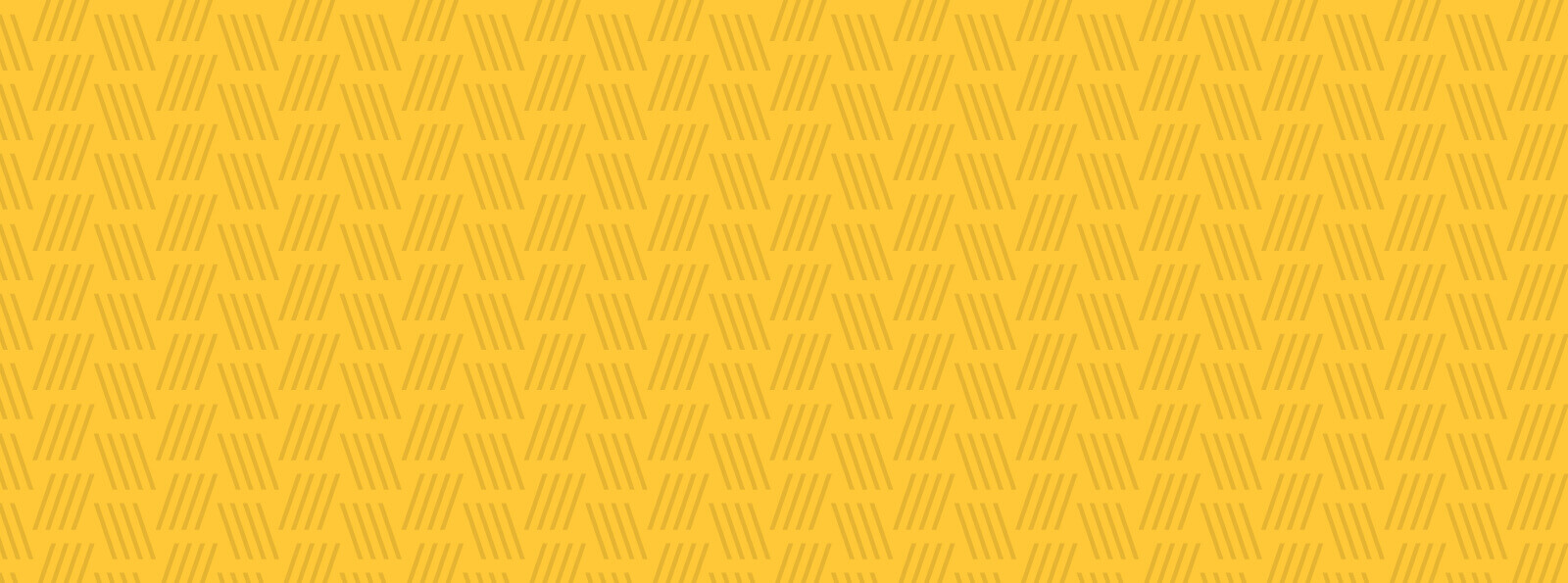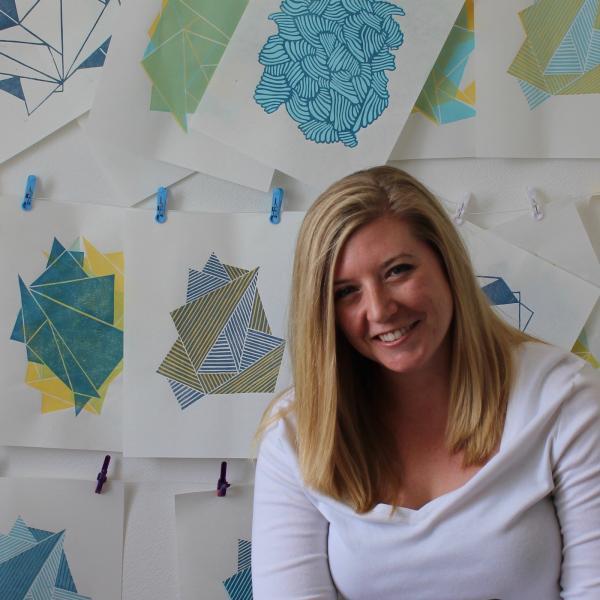My sculptures and installations explore a specific view of domestic dynamics. I utilize a variety of mediums including metal, wood, found objects, recyclables to fabricate structures that facilitate a particular engagement with space. I redefine everyday objects, challenging their purpose to prompt reconsiderations of use.
About the Artist
Liana Owad is an artist and educator based in Maryland. She earned her MFA from the University of Nebraska-Lincoln in 2014 and her BFA from Kutztown University of Pennsylvania in 2010. A passionate advocate for the maker movement, Owad has played a key role in launching two Makerspaces: the Michael Stanley MakerSpace at the Chesapeake Arts Center in Brooklyn Park, MD, and the Nebraska Innovation Studio in Lincoln, NE. She served as the Studio Art Manager at Hood College for three years and was previously the Sculpture Technician at the Maine College of Art and Design. Owad has exhibited her work in several notable exhibitions and has juried numerous shows, contributing to the artistic community. Additionally, she has taught as an adjunct professor at NOVA, Hood College, and Gettysburg College. Currently, she is the Studio Arts Safety Technician in the Art & Design Department at the Community College of Baltimore County (CCBC).Artist's Statement
My sculptures and installations explore the intricate dynamics of domestic spaces, reflecting on how home environments both reveal and conceal aspects of identity. Using a variety of materials including metal, wood, found objects, textiles, ceramics, and recyclables, I construct forms that encourage deliberate, interactive engagement with space. The interplay of these materials creates membranes or layers, allowing access to different sections of the form. Certain elements obscure or shield, while others offer transparency and entry, reducing the protective barrier and inviting interaction. Central to this body of work is the tension between protection and vulnerability. Solid, opaque forms provide a sense of security, serving as shields that conceal the interior, while more permeable or transparent elements allow moments of access, suggesting openness. These contrasting materials and forms create a structured framework that echoes the dual nature of our domestic environments, which both protect and reveal our inner lives. Through this exploration, I examine how the physical structure of a home not only shelters and safeguards but also shapes our personal identities and social interactions. The balance between public and intimate spaces becomes a metaphor for the ways in which we navigate the boundaries between what we choose to reveal and what we keep hidden, how we seek protection while allowing for moments of openness.Featured Work
Photos

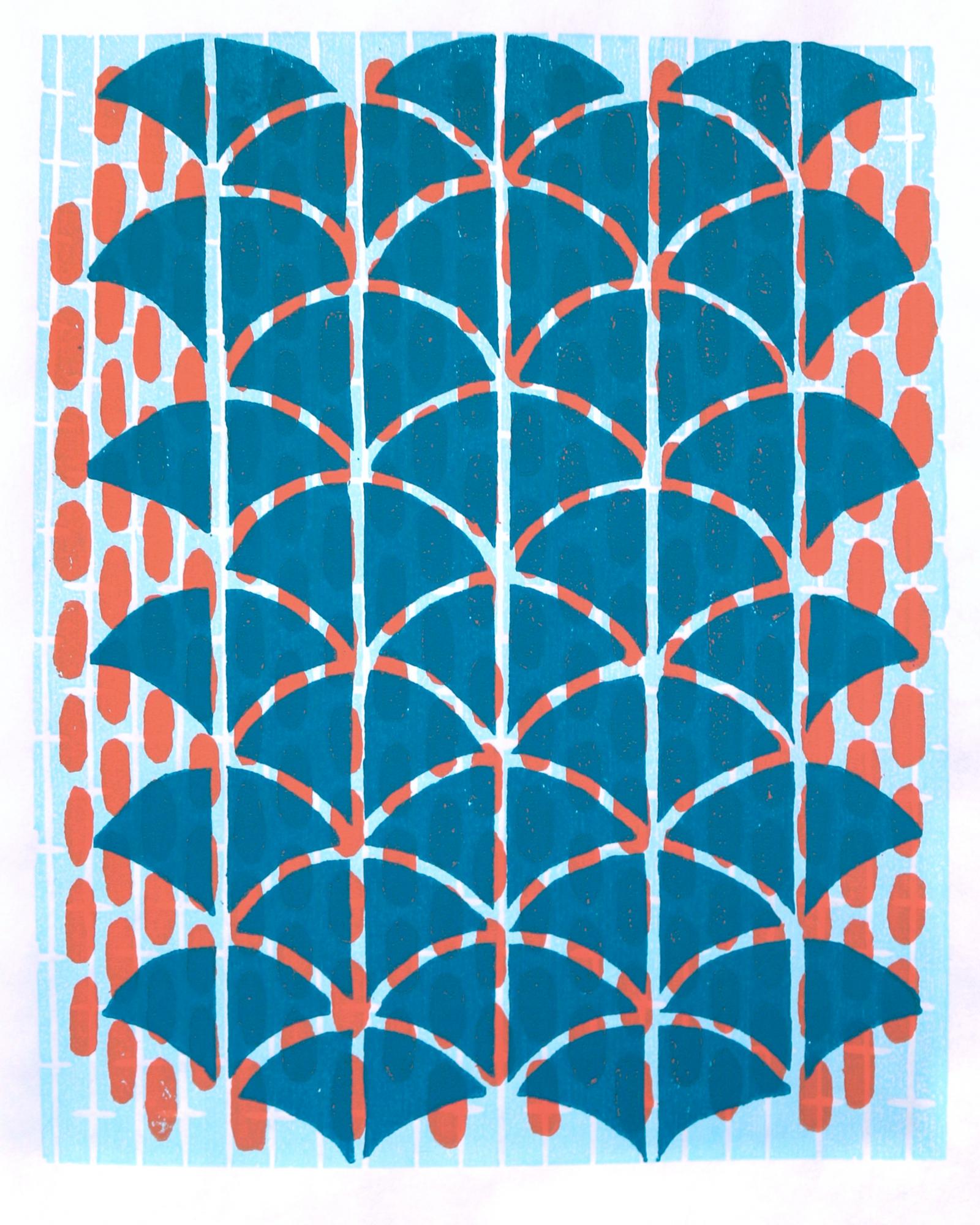
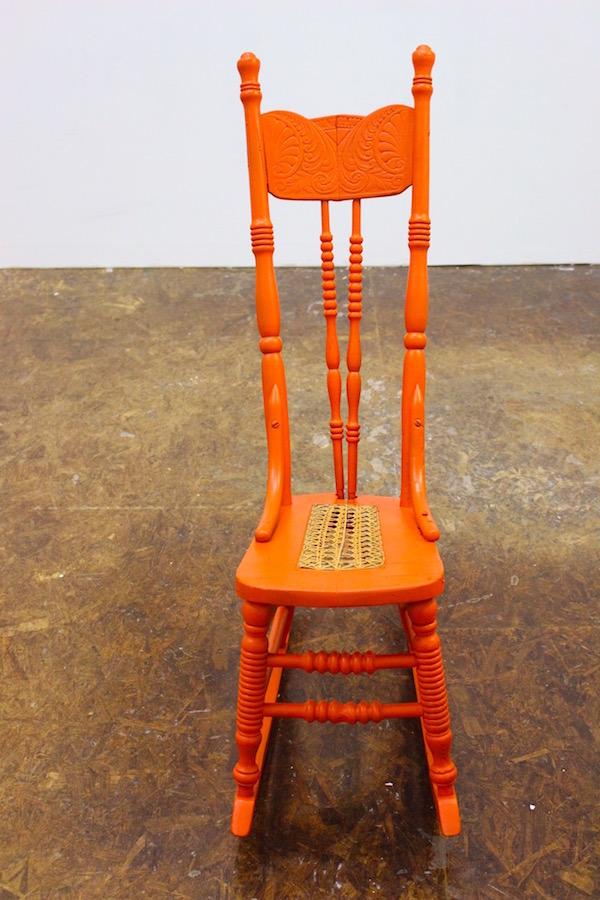

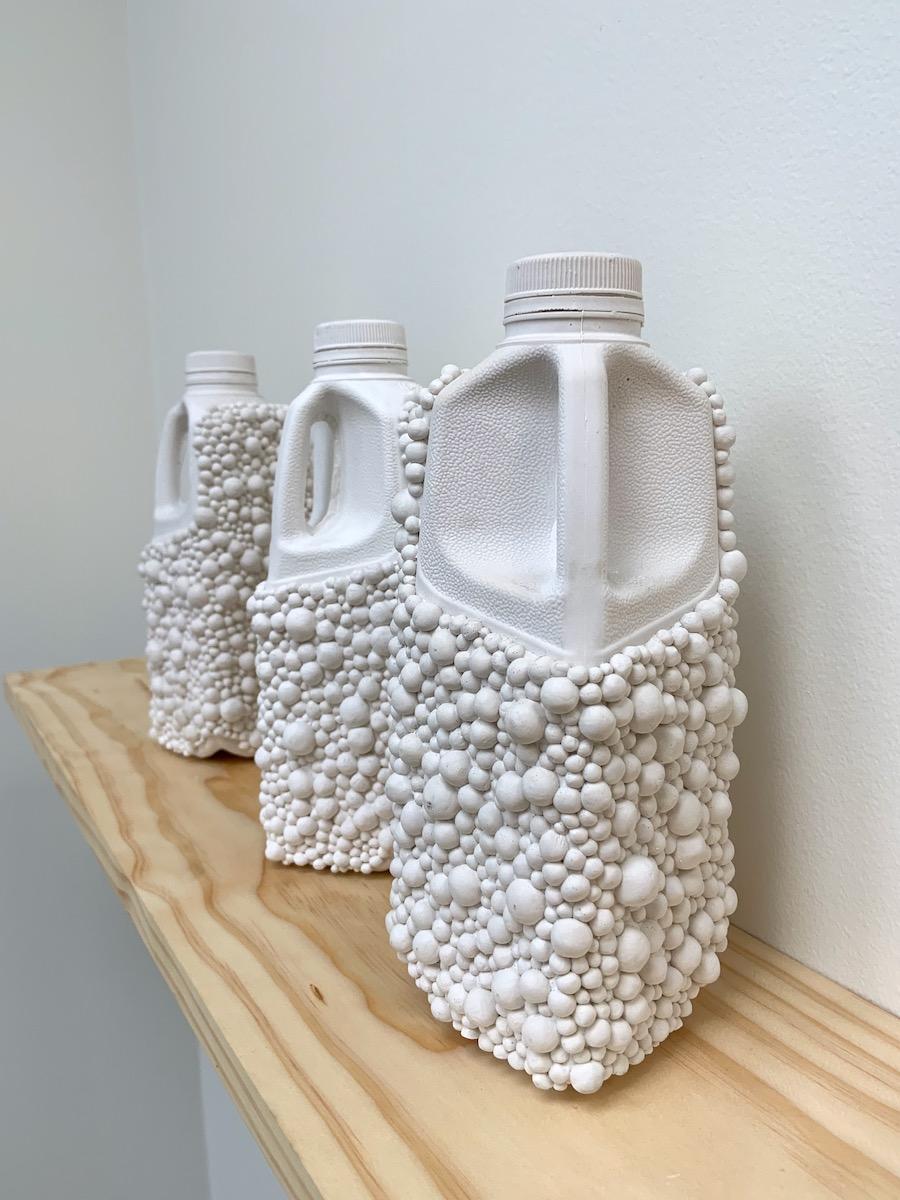
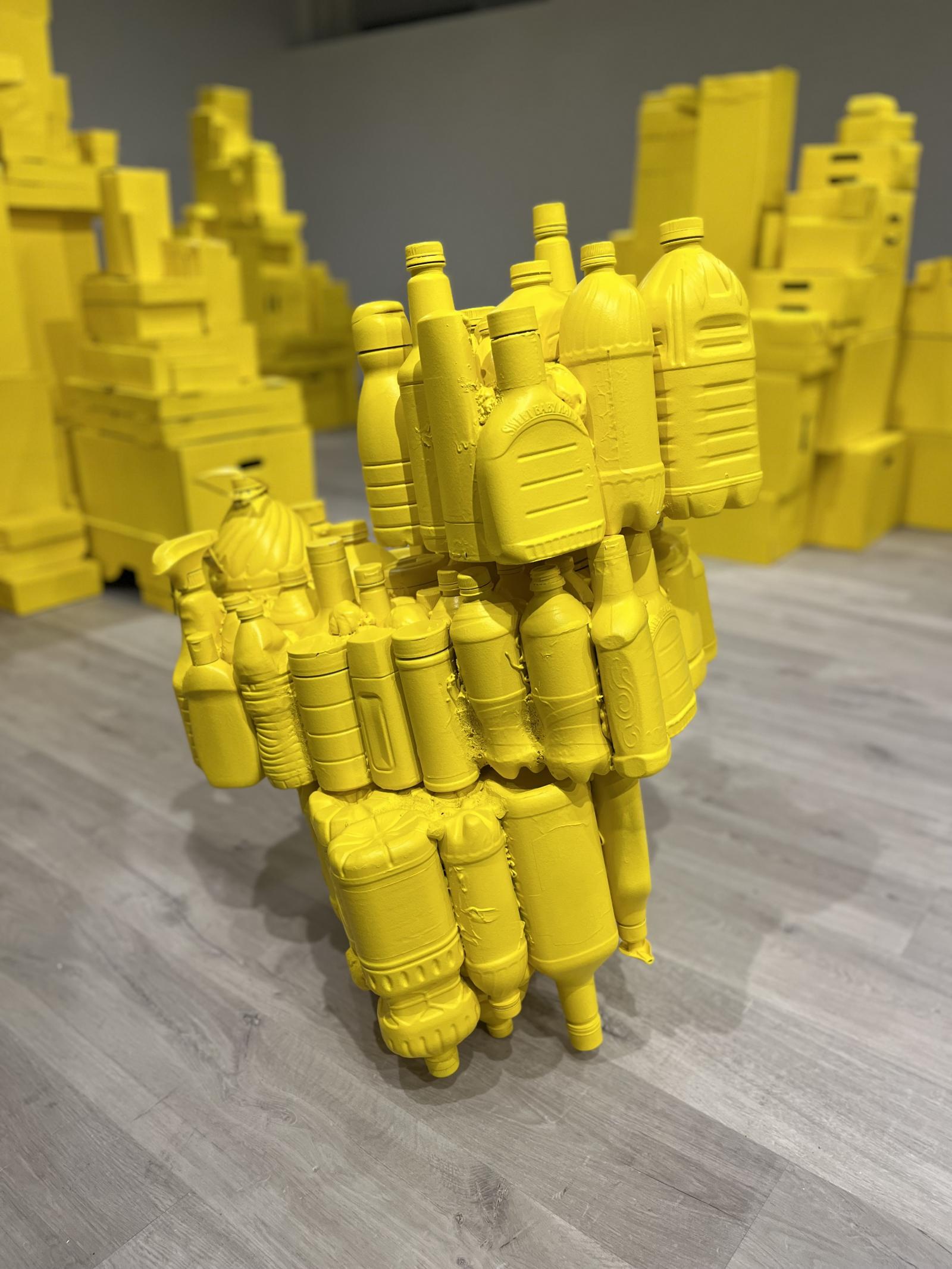
Featured Work: Photos
Criss Cross Triangles, Teal & Purple
Woodblock Print
2021
For Sale
$150.00
Contact the artist to purchase this piece
Print Mix: Blue Umbrellas on Red Dot Field
Woodblock Print
2020
For Sale
$150.00
Contact the artist to purchase this piece
Radical
Reconfigured Found Object
2015
During the Quarantine: Bathroom Install
93 glass containers, 4 cardboard cylinders, 34 plastic containers, 56 tin cans, and 283 aluminum cans all hand painted white
2020
These recyclable materials were consumed and collected during the state of emergency for COVID-19 from March until June 2020 by the artist and her husband while they were sheltering in place. The accumulation of used containers marks a passing of time during the months of the lock down. Painting the recyclable materials gave her something to focus on and alleviated some of the fear and uselessness experienced during the quarantine.
This installation was displayed by the Frederick Arts Council in their pop-up gallery gallery from Aug 29th, 2020 through January 2nd, 2021. I reconfigured the installation monthly.
Adorn
Cast Plaster
2020
Sculpture cast series: 1/4, 2/4, 3/4
For Sale
$400.00
Contact the artist to purchase this piece
Plastic
Recycled Plastic
2022
"Plastic" is part of a solo show in Gallery 194 at the Chesapeake Arts Center. The piece is made of recycled plastic collected from January 2022 to January 2023. The plastic items are fused together and painted a solid yellow color. "Plastic" is one of two pieces installed in the show "The Essentials" which is on display from Jan 12- Feb 13, 2023. This image is a detail shot of the piece "Plastic". Each section of the work is for sale for $300 a piece and $1500 for the entire collection.
For Sale
$1,500.00
Contact the artist to purchase this piece
